The Ivy Duo +
The next generation
infusion pump
Forget the infusion pole. The Ivy Duo + allows patients to receive infusion therapy safely and uninterruptedly while the comfortable carrier facilitates patient mobility.
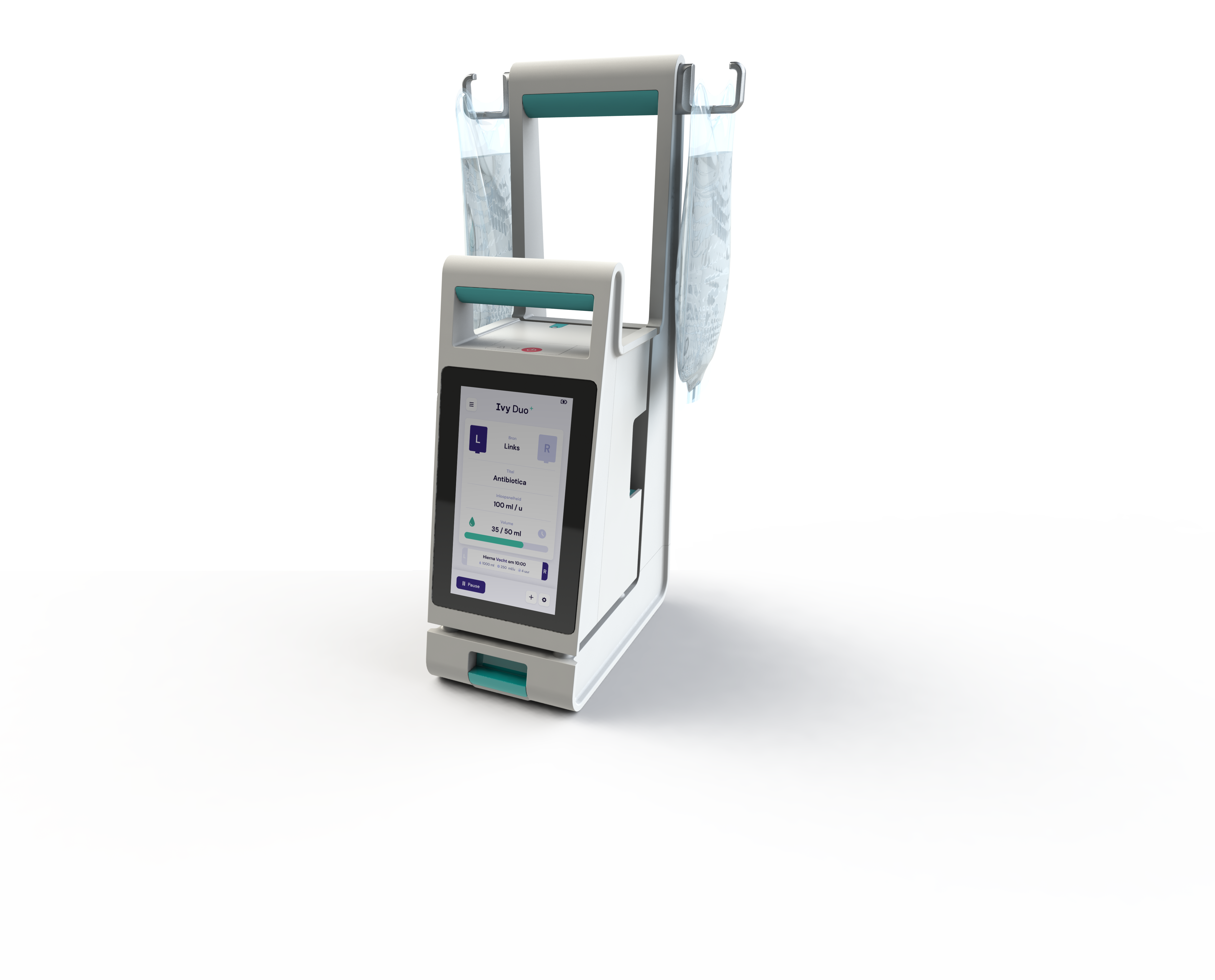

The Ivy Duo +
The next generation
infusion pump
Life-changing innovation
The infusion therapy planning system enables healthcare professionals to plan therapies from two sources well in advance, covering at least an entire shift.
The system operates seamlessly without necessitating any user intervention for source switching. Once the schedule is confirmed, the system autonomously manages the transition between sources, streamlining the process for healthcare providers.
- Download factsheet
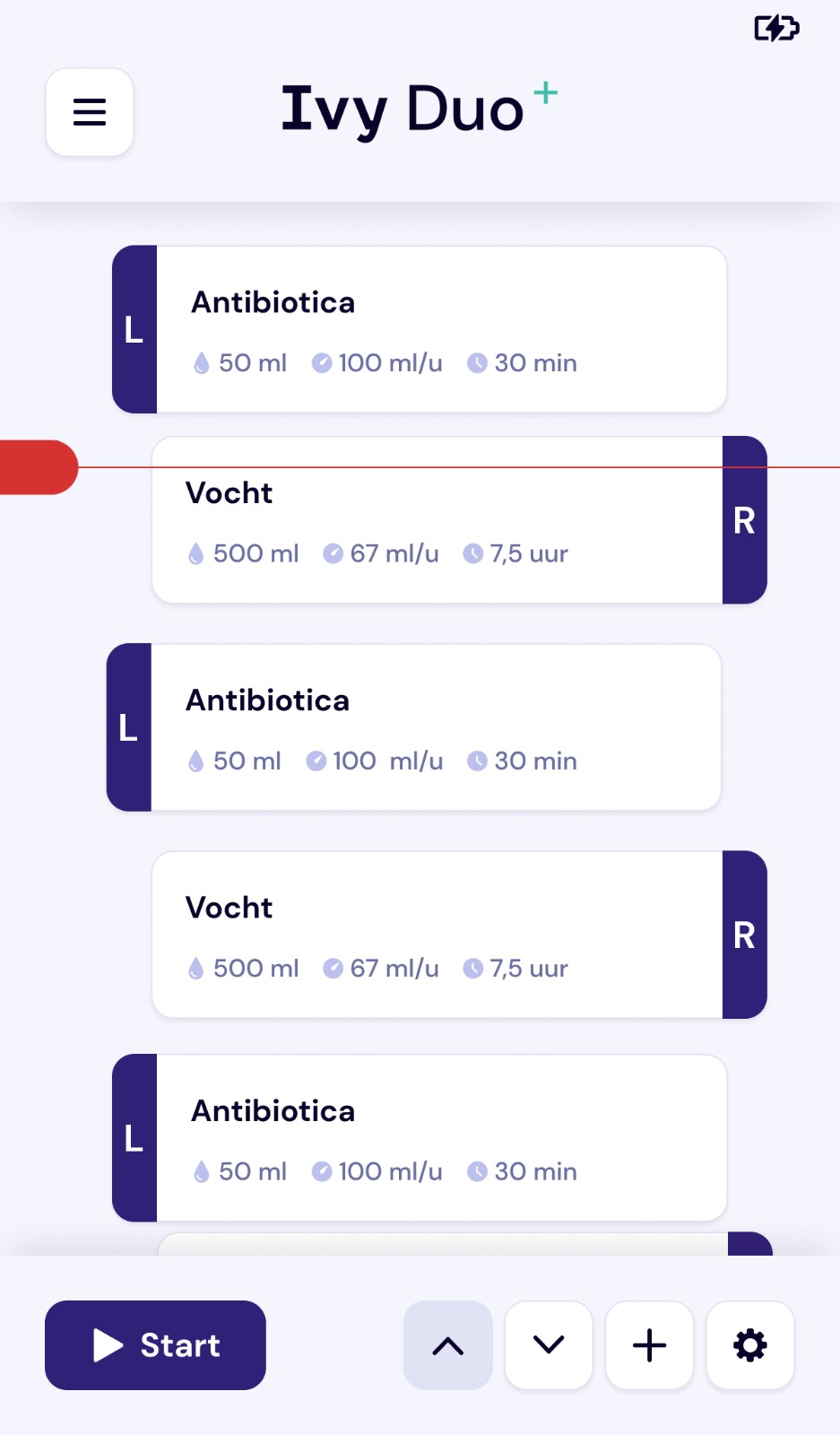
- Download factsheet
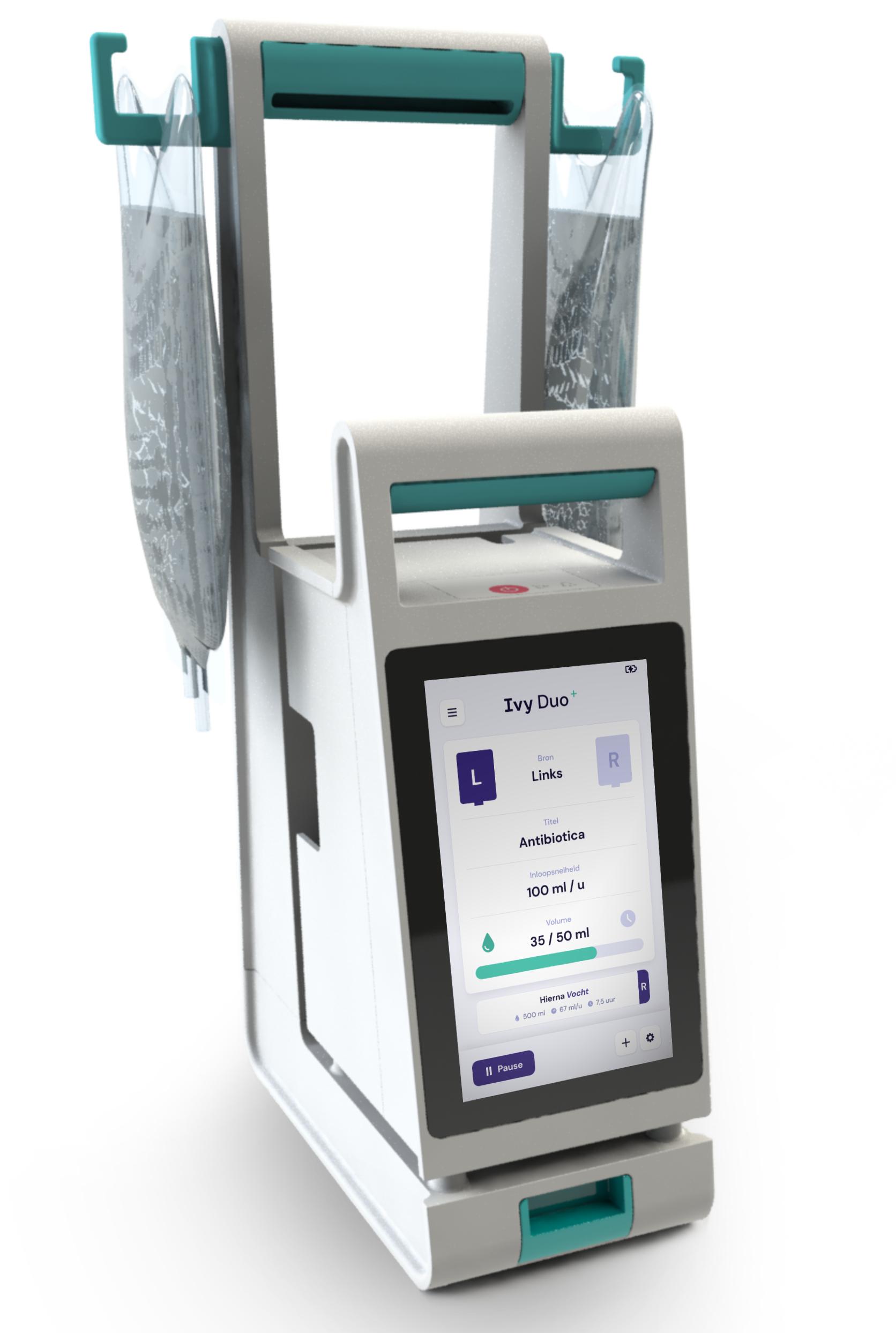
- Download factsheet

- Download factsheet

- Download factsheet

The system is designed to be as safe as possible, adhering to all relevant safety regulations, while striving to minimize the frequency of alarms compared to existing infusion pumps.
Through a combination of design features aiming to reduce alarms;
The Ivy Duo + enables automatic switching functions to provide plannable infusion therapy and has automatic air bubble removal, we expect to reduce the occurrence of alarm situations.
- Download factsheet
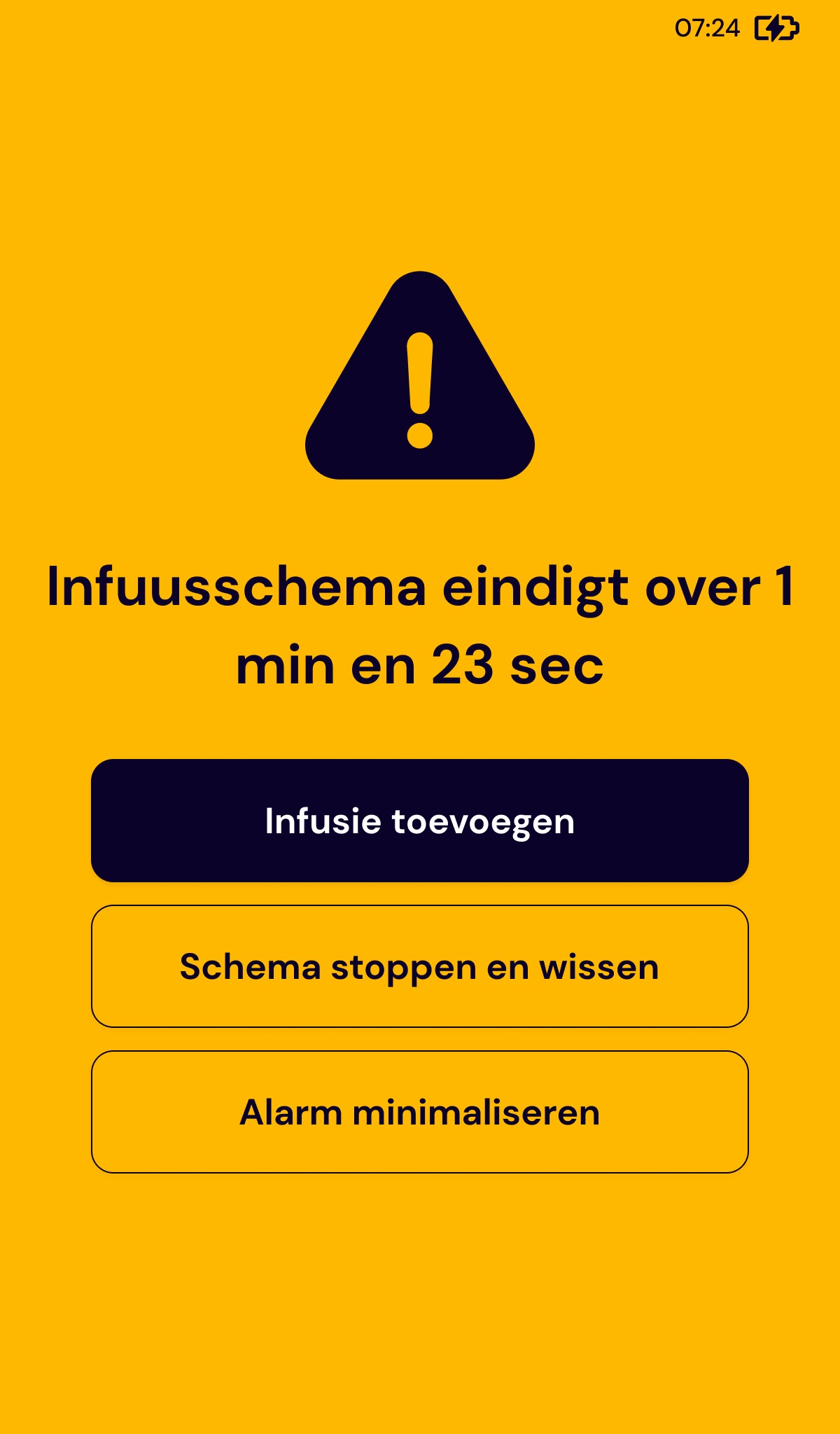
Improving sleep is especially important in hospitalized patients as sleep loss is associated with worse health outcomes. Their sleep is however disturbed by the high noise levels in the hospitals, to which alarms of traditional infusion pumps are the main contributors.
These alarms cause the environment of the patient to be stressful and hinders their rest. By actively preventing unnecessary alarms, the Ivy Duo+ contributes to quality sleep and fosters a sense of security.
- Download factsheet

The infusion therapy planning system enables healthcare professionals to plan therapies from two sources well in advance, covering at least an entire shift.
The system operates seamlessly without necessitating any user intervention for source switching. Once the schedule is confirmed, the system autonomously manages the transition between sources, streamlining the process for healthcare providers.
- Download factsheet

Featuring a cutting-edge 7-inch touchscreen, our state-of-the-art interface offers users a spacious and clear display. The user-friendly design aims to minimize input errors, ensuring a seamless experience.
With its excellent readability even from a distance, the screen can be easily adjusted to accommodate individual user preferences, guaranteeing optimal comfort and convenience.
- Download factsheet

Cleverly placed force sensors provide a real-time measurement of the force inside the administration set. This allows for accurate occlusion detection and protection against high pressures within the system.





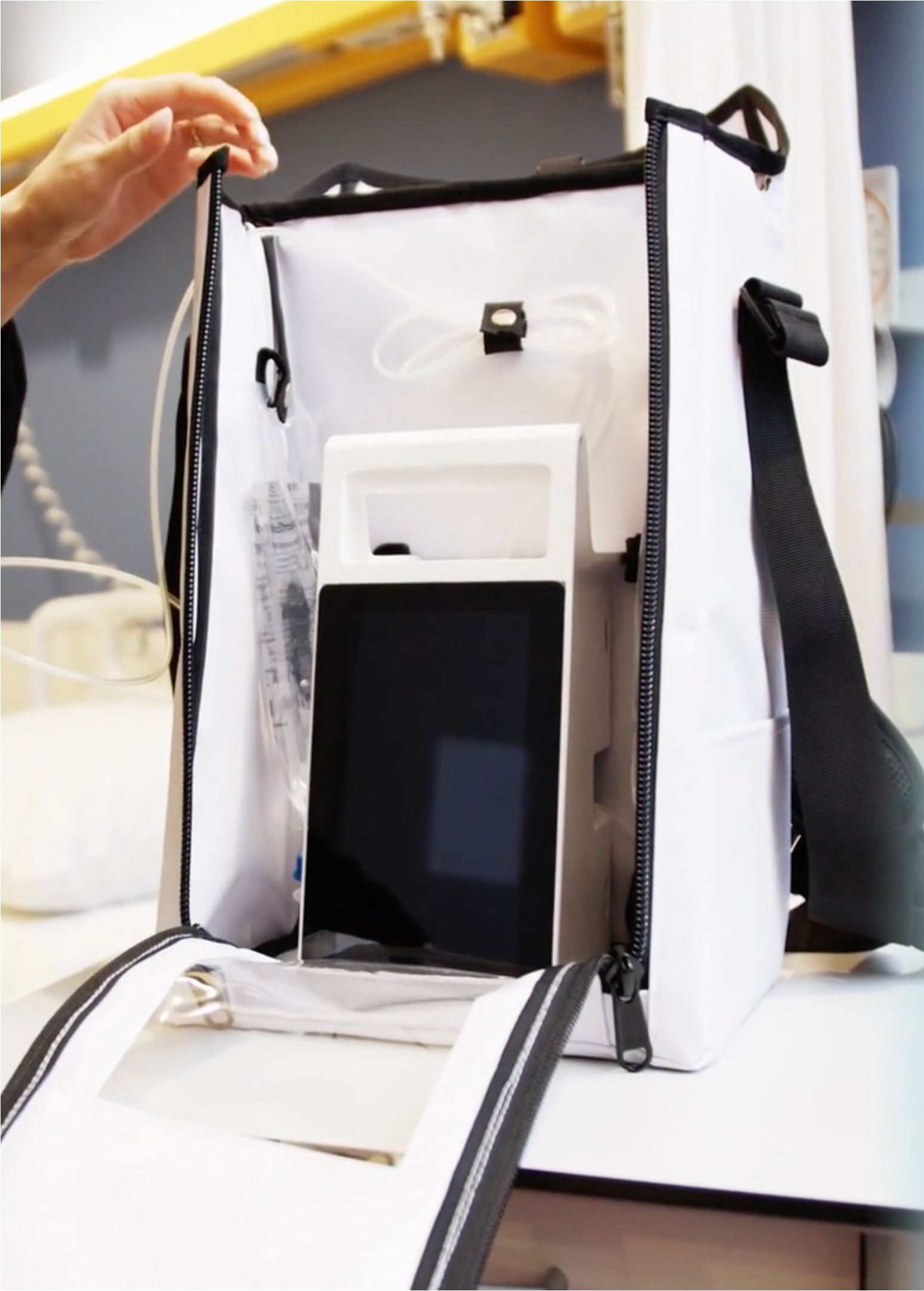
The system is designed to be as safe as possible, adhering to all relevant safety regulations, while striving to minimize the frequency of alarms compared to existing infusion pumps.
Through a combination of design features aiming to reduce alarms;
The Ivy Duo + enables automatic switching functions to provide plannable infusion therapy and has automatic air bubble removal, we expect to reduce the occurrence of alarm situations.


Research has indicated that sleep loss can result in notable decreases in energy and activity levels, potentially affecting the physical recovery of individuals (Kamdar et al., 2012).
Therefore, enhancing sleep quality is particularly important for hospitalized patients, as the alarms produced by infusion pumps often disturb sleep patterns. With a focus on minimizing unnecessary alarms, the Ivy Duo + actively promotes restful sleep.

What others say about the Ivy Duo +
A light, safe, and wearable infusion pump

“Ivy’s innovation enables possibilities for patients to be more self-supporting.”
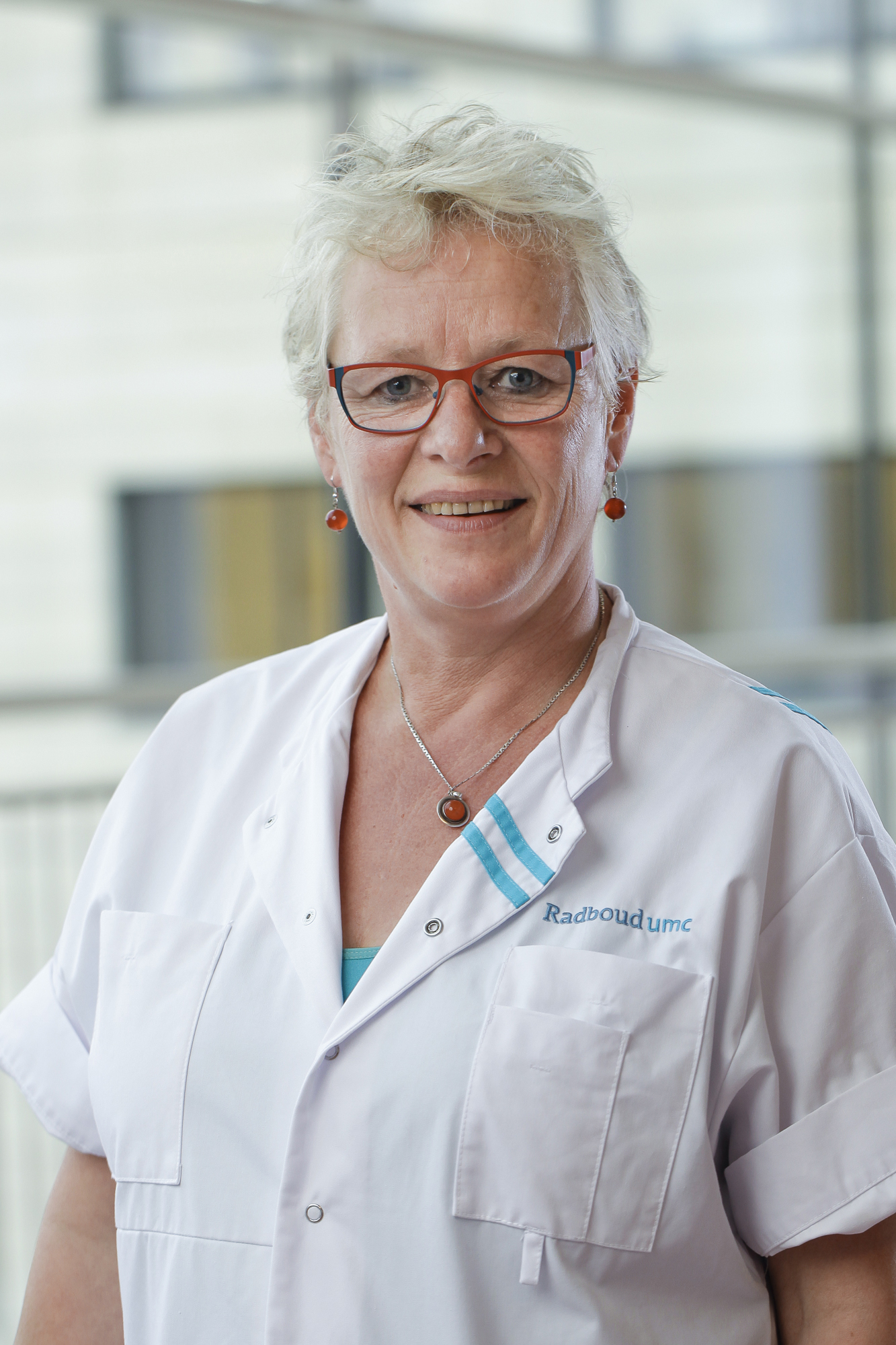
“I can leave the administration of intravenous medication to the Ivy Duo + with confidence! And because of its ingenious ability to dissolve air bubbles, alarms such as with current pumps are a thing of the past.”

“With the Ivy Duo + a new era starts in healthcare wherein infusion therapy is highly accurate, reducing the risk of complications and above all, encouraging for patients to move around”

“Much, much needed!”

“Infusion poles should be something of the past. Patients should be able to move freely. Hopefully, Ivy will succeed in banning the infusion pole from hospitals all around the world.”
The main benefits
Timesaving
The Ivy Duo + allows nurses to plan infusion therapy in advance through the ability to connect two infusion sources. As a result, the infusion pump generates fewer alarms to attend to.
Safety
Mobility
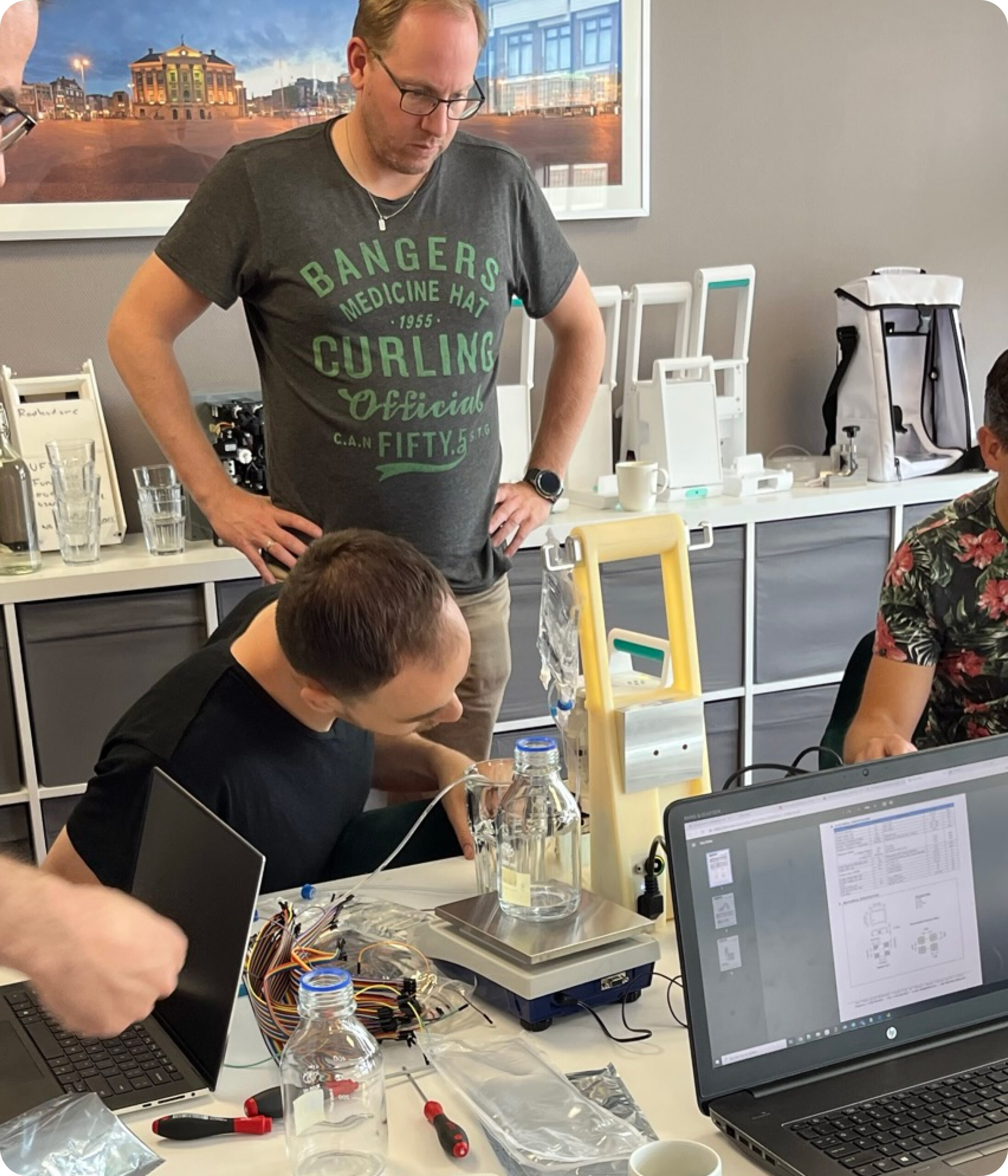
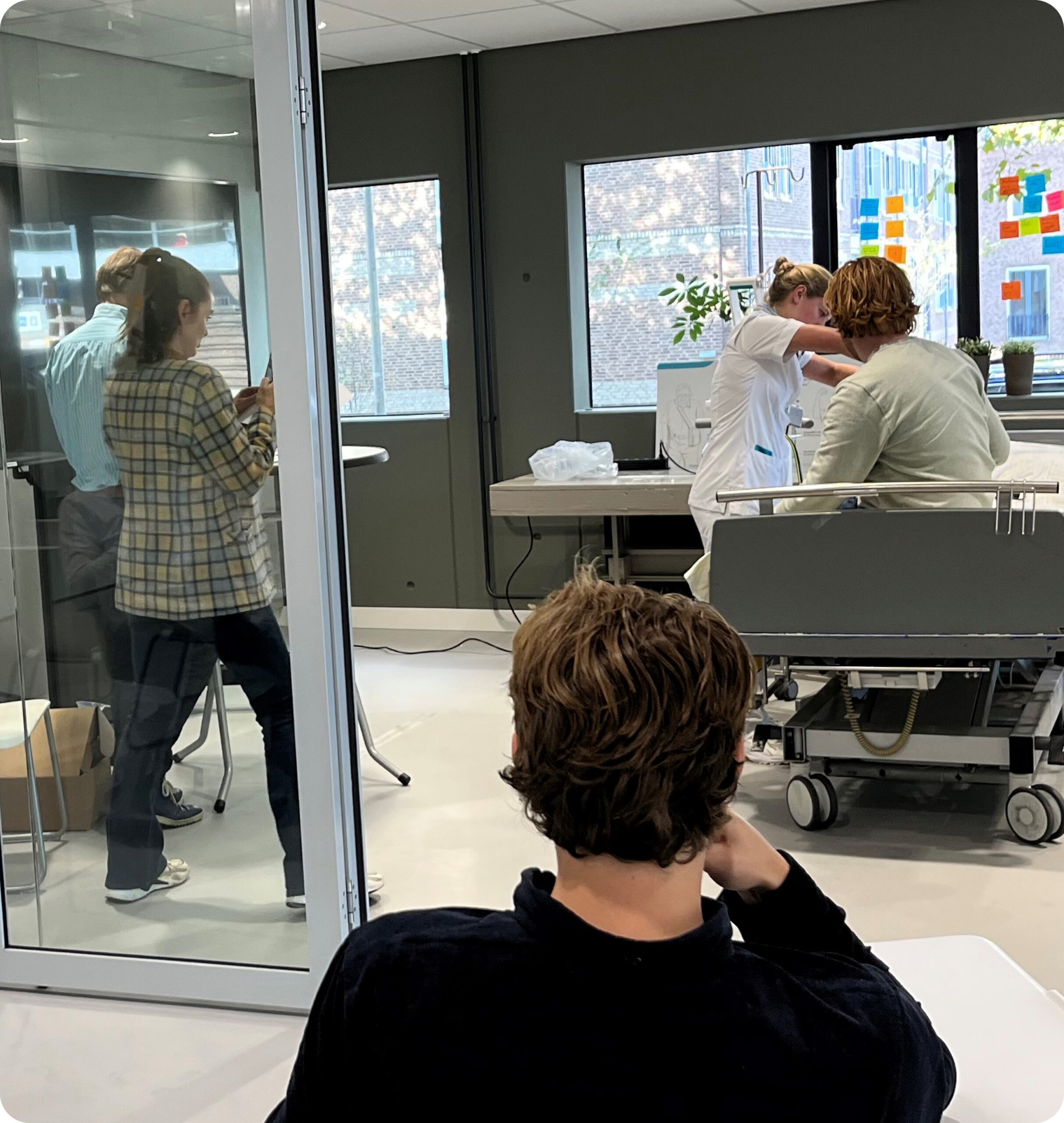
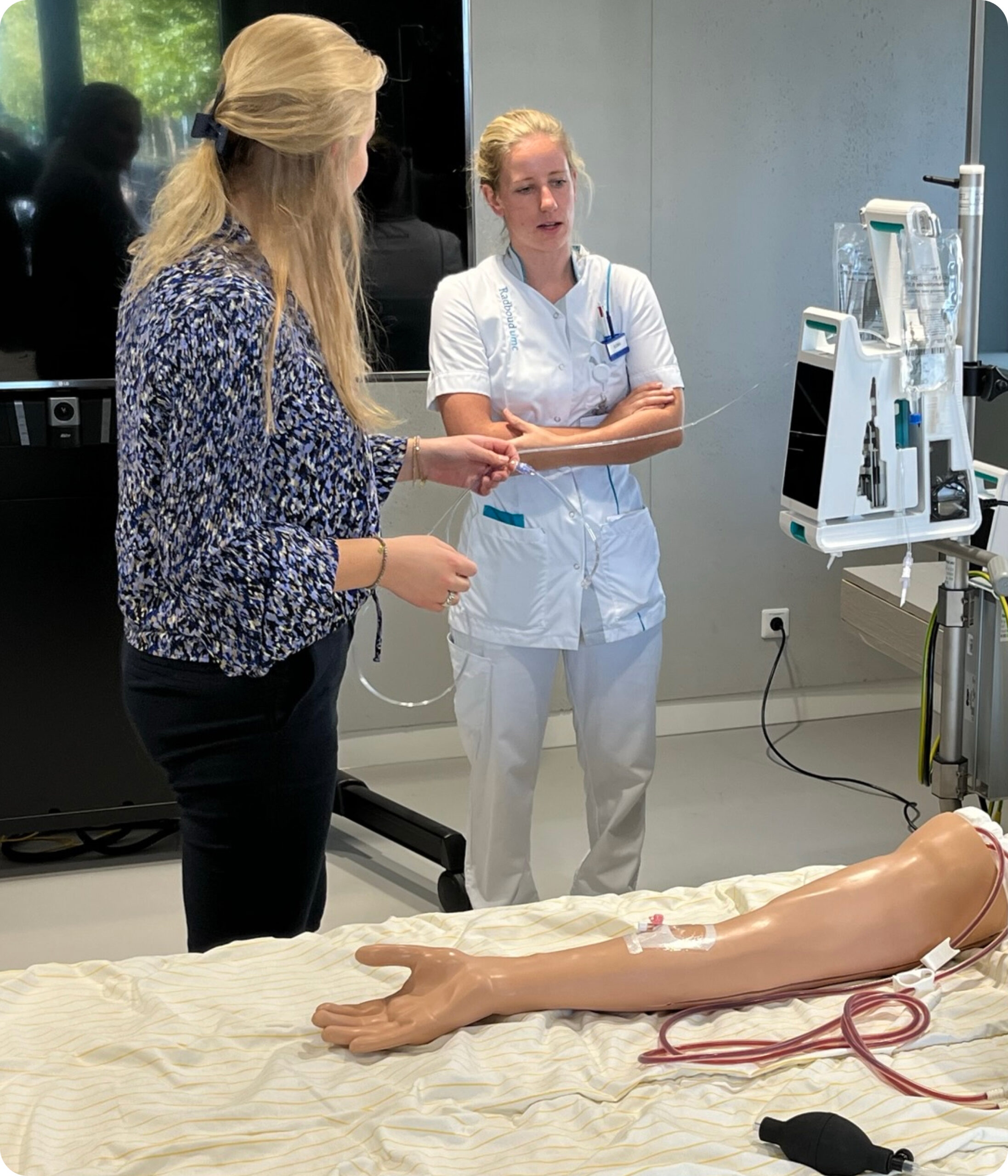
Created with and for end-users.
In collaboration with Radboudumc,
Ivy Medical has started the journey to reinvent infusion therapy. Ivy Medical’s innovation strategy revolves around making a difference for patients and nurses every day. We believe that co-creating with our end-users from idea to product is what sets us apart.
As one of the most innovative academic hospitals in Europe, Radboudumc is dedicated to making a significant impact on healthcare and we are proud to be partners.
Launching in 2024
Our plan to change the medical world
Ivy Medical works with a stage-gated development process. At the end of every stage Ivy Medical produces an integrated prototype, which is tested and validated thoroughly by looking at all technical, medical, and commercial requirements.
Our final prototype represents our end product which will be tested and CE certified under the Medical Device Regulation. Ivy Duo + is expected to be launched in early 2024.
Company founded – Feasibility studies
Late 2017
NWO Grant – Early stage project preparations
Mid 2019
RVO and Carduso investment – Launch project
Fourth prototype
Mid 2023
Production 0-series
Early 2024
Mid 2024
Launch
Late 2024